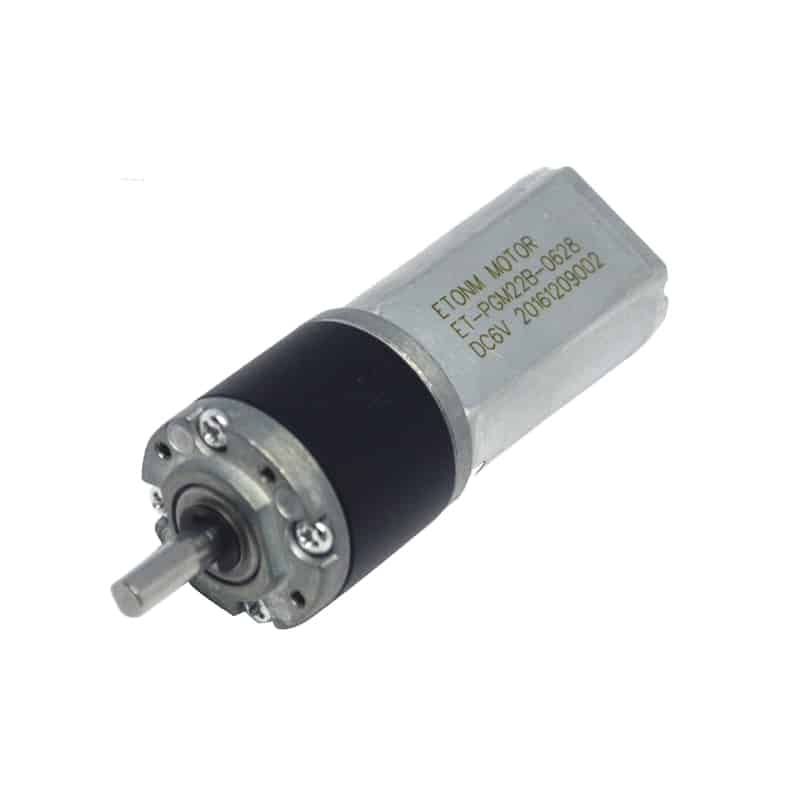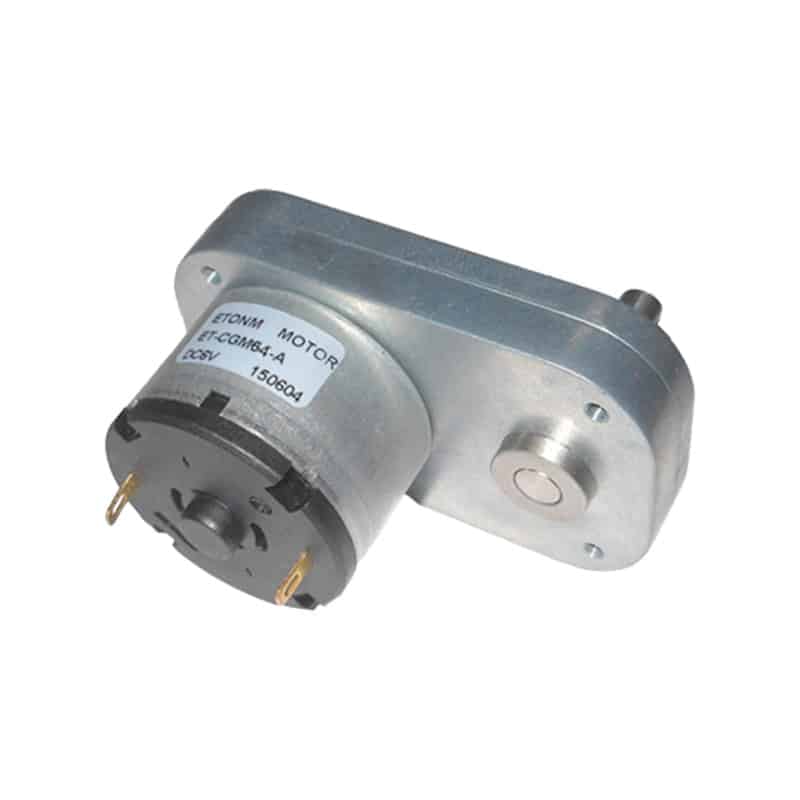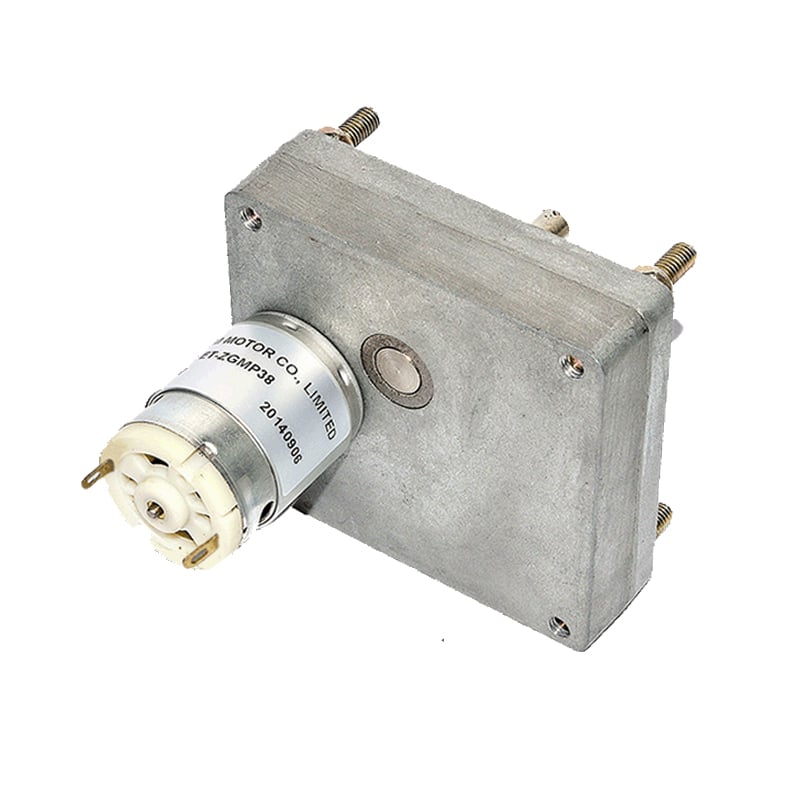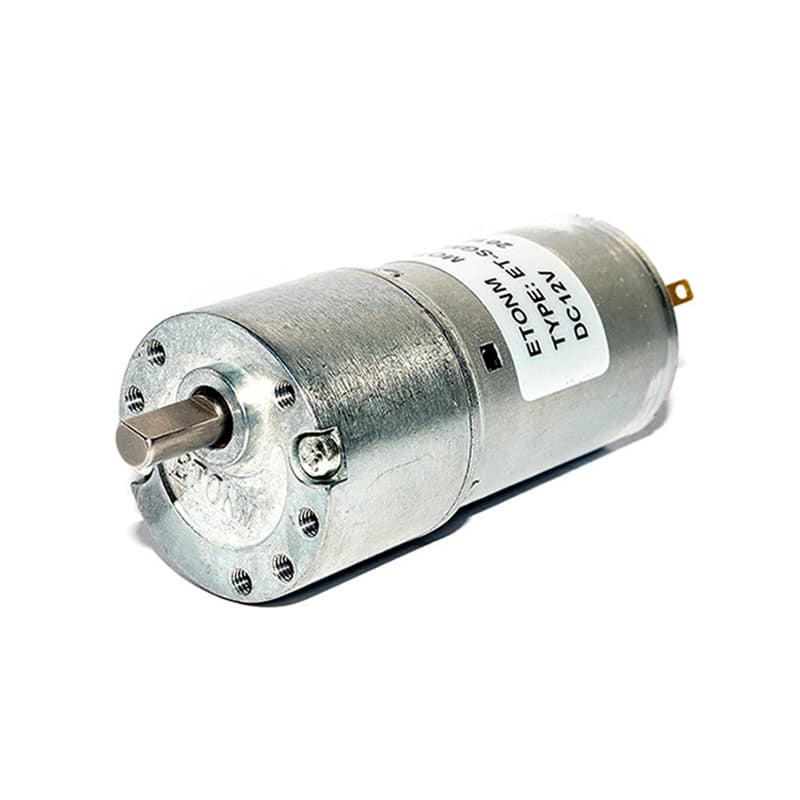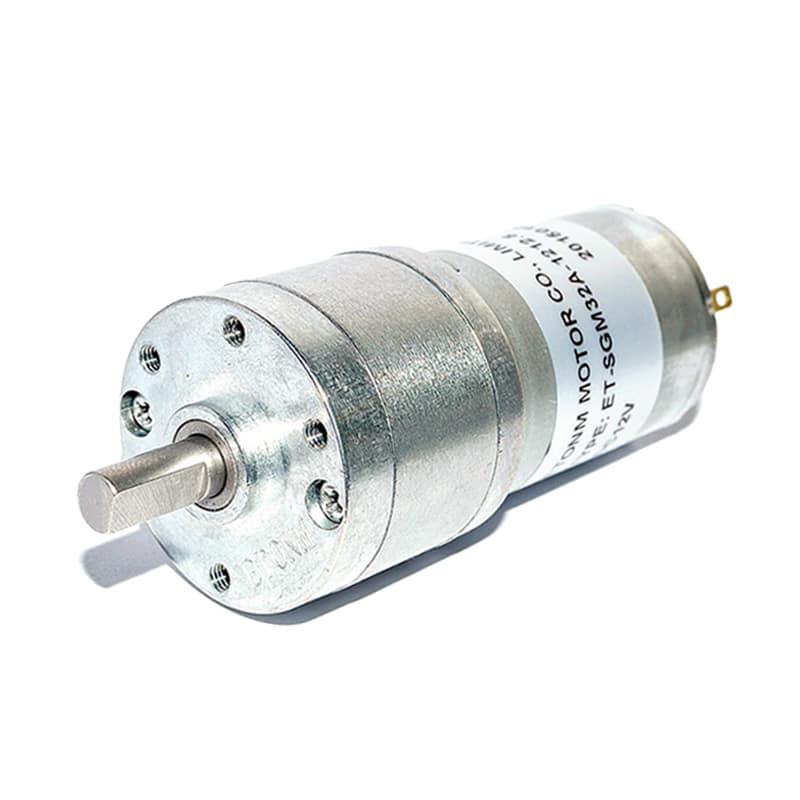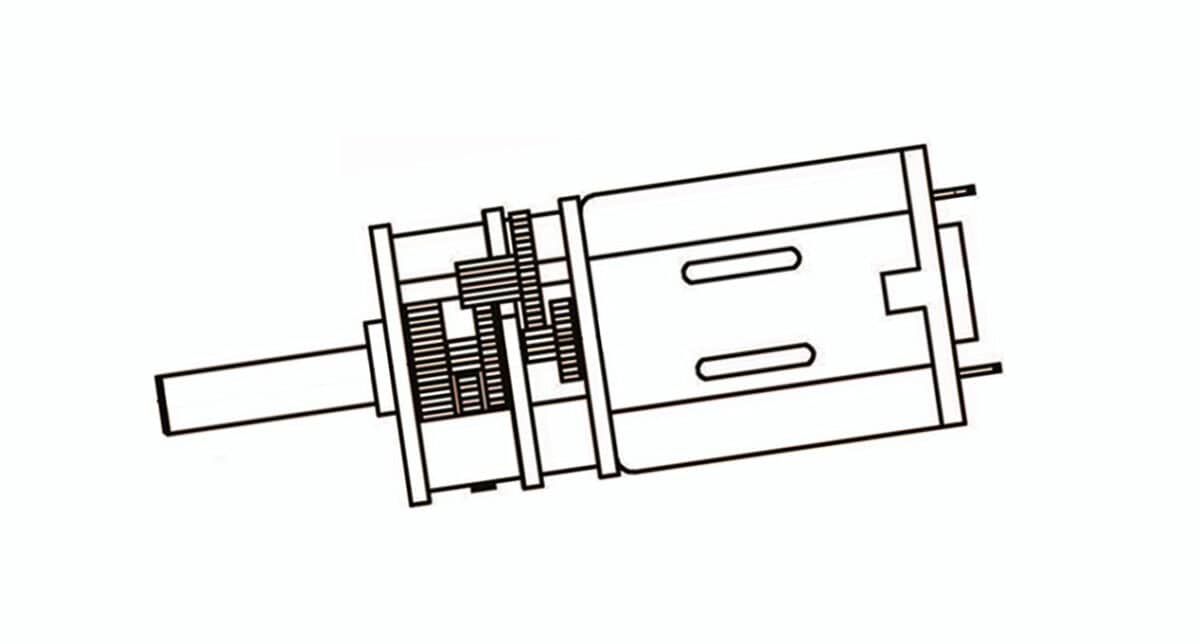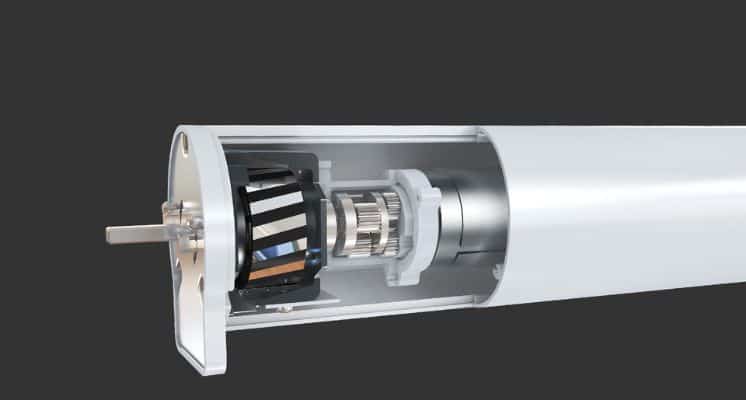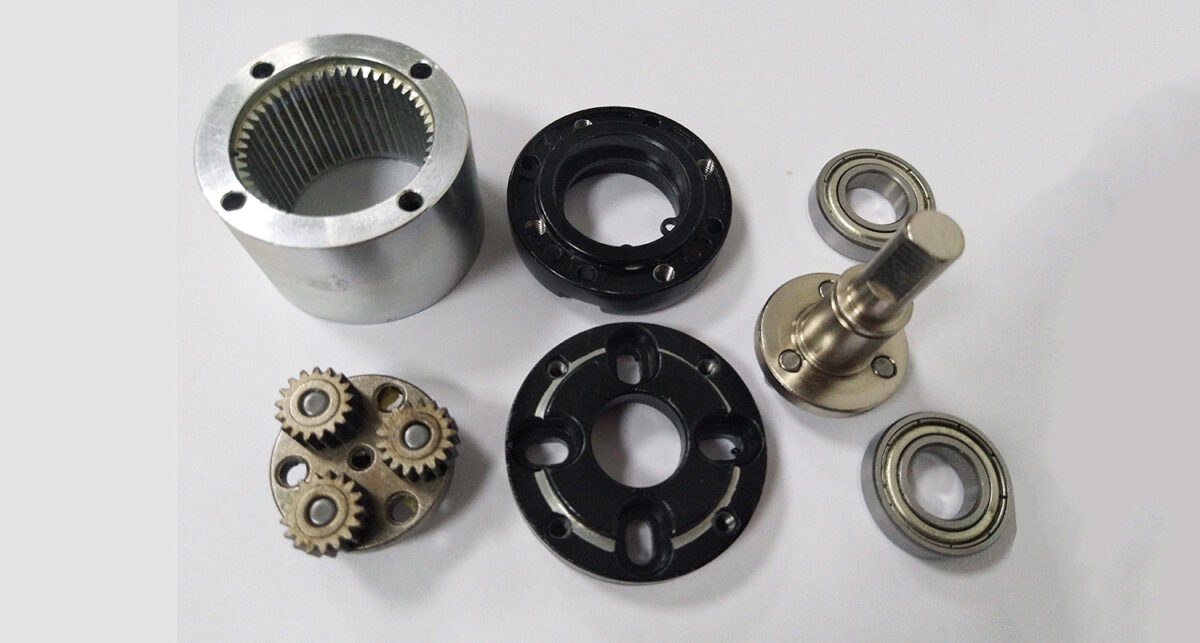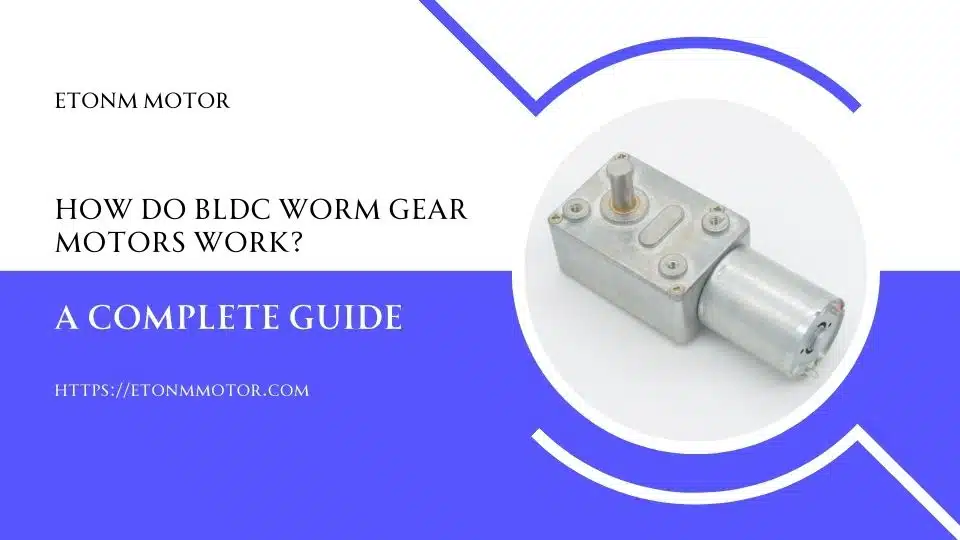"RPM in DC motors can feel confusing, but it’s key to understanding performance. This guide breaks down what RPM means, why it matters, and how it impacts applications like robotics and smart home devices, brought to you by Etonm Motor."
Table of Contents
Introduction
Have you ever wondered what RPM in a DC motor really means? If you’ve tinkered with a small gadget, set up a robotic arm, or even adjusted a smart home device, you’ve likely come across this term. RPM, or Revolutions Per Minute, is one of those specs that sounds technical but is actually pretty straightforward once you break it down. It’s the heartbeat of a DC motor, telling you how fast it spins and hinting at how it’ll perform in real-world tasks.
In this guide, we’re diving into the world of RPM in DC motors to answer the big question: What is it, and why should you care? Whether you’re curious about how it affects motor speed or how it plays a role in applications like robotics or sanitary dispensers, we’ve got you covered. By the end, you’ll not only understand what RPM in electric motors is all about but also see why it’s a game-changer for picking the right motor for your project. Let’s get started with the basics, brought to you by the motor experts at Etonm Motor!
What Does RPM Mean in a DC Motor?
Let’s kick things off with the basics: RPM stands for Revolutions Per Minute, and in the context of a DC motor, it’s all about how many times the motor’s shaft spins in a single minute. Think of it as a speedometer for your motor—except instead of miles per hour, you’re measuring rotations. Simple, right? But this little number packs a big punch when it comes to understanding how a DC motor works.
A DC motor, short for direct current motor, runs on a steady flow of electricity to create motion. Whether it’s a tiny Micro DC Motor powering a vending machine or a Brushless Motor spinning in a robotic arm, the RPM tells you how fast that motion happens. For example, a motor rated at 3,000 RPM spins 3,000 times in one minute—or 50 times per second! That’s the kind of speed that can drive a fan or a conveyor belt with ease.
So, when someone asks, “What is RPM in a motor?” the answer is clear: it’s the measure of rotational speed, and in DC motors, it’s a window into how quickly and efficiently the motor can get the job done. At Etonm Motor, we see RPM as the starting point for matching motors to tasks—whether you need rapid spins for a high-speed application or slower, steady turns for precision control. Ready to dig deeper into why this matters? Let’s move on!
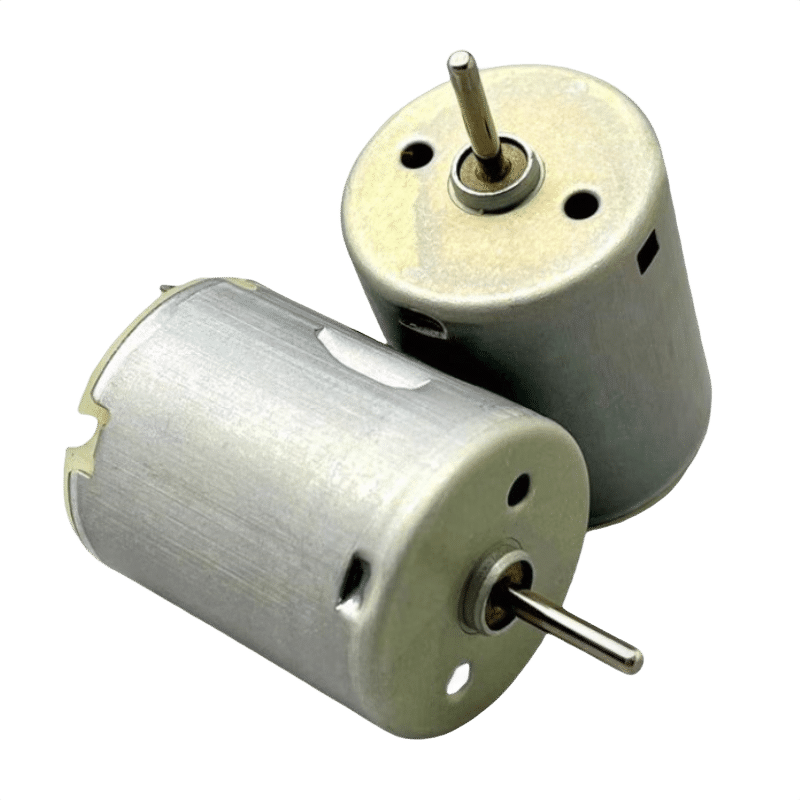
Why Is RPM Important for DC Motor Performance?
RPM isn’t just a number on a spec sheet—it’s a pivotal factor in determining how well a DC motor performs in any given application. Revolutions Per Minute directly governs critical aspects like speed, torque, and efficiency, making it an essential consideration for engineers and designers tasked with selecting the right motor. Grasping its importance can be the key to unlocking optimal performance tailored to specific needs.
Let’s start with speed. In a DC motor, RPM measures how quickly the shaft rotates, which dictates the system’s output speed. A high-RPM motor, such as one rated at 10,000 RPM, excels in scenarios like powering a cooling fan or a high-speed drill, where rapid rotation is critical. Conversely, a motor with a lower RPM—say, 100 RPM—is better suited for applications like electric valves or robotic joints, prioritizing precision over velocity. This direct link between RPM and DC motor speed is foundational to aligning performance with purpose.
Next, consider torque, the rotational force a motor generates. RPM and torque have an inverse relationship: higher RPM typically means lower torque, and vice versa. For instance, a Planetary Gear Motor from Etonm Motor might operate at 500 RPM but deliver robust torque for demanding tasks like vending machine mechanisms. This dynamic is why RPM is so crucial—it offers insight into how a motor balances speed and strength under load.
Efficiency pulls these elements together. Motors running within their optimal RPM range—often defined by manufacturers like Etonm Motor—use power more effectively, minimizing heat buildup and wear. Data supports this: a typical Micro DC Motor might span 100 to 10,000 RPM, with peak efficiency often occurring mid-range. Deviate too far from this zone, and you risk reduced performance or accelerated degradation.
Ultimately, RPM shapes a DC motor’s effectiveness across speed, torque, and efficiency. It’s a practical metric that guides motor selection and ensures reliable operation. Let’s see how this translates to real-world use in the next section.
How Does RPM Work in Real-World Applications?
Understanding RPM in a DC motor is one thing, but seeing it in action reveals its true significance. Revolutions Per Minute isn’t an abstract concept—it’s a driving force behind the functionality of countless devices across industries. From smart home systems to robotics, the RPM of a DC motor determines how effectively it meets the unique demands of each application. Let’s explore how this plays out in practical scenarios, with insights from Etonm Motor’s expertise.
Take smart home devices as a starting point. A Micro DC Motor might operate at a modest 50-100 RPM in a motorized curtain system to ensure smooth, controlled movement. This low RPM delivers the precision needed to adjust curtains without jerky stops or excessive speed, enhancing user experience and durability. Similarly, in sanitary dispensers—like automatic soap or paper towel units—a motor running at 200-300 RPM provides consistent output, balancing speed with reliability for high-traffic environments.
Robotics offers another compelling example. Here, RPM requirements vary widely depending on the task. A Round Gear Motor powering a robotic arm might run at 1,000 RPM to swiftly position components during assembly, while a Worm Gear Motor in a mobile robot could operate at 150 RPM to deliver the torque needed for navigating uneven terrain. These tailored RPM profiles, often customized by manufacturers like Etonm Motor, ensure robots perform efficiently whether they’re in a factory or a warehouse.
Consider a more specific case: a 12V DC motor in an electric valve for water metering. Typically operating at 20-50 RPM, this motor provides the slow, steady rotation required for precise flow control. The low RPM ensures accuracy in opening and closing the valve, critical for applications in utilities or industrial systems. Contrast this with a vending machine, where a Flat Gearbox Motor at 500 RPM might drive a dispensing mechanism—fast enough to keep customers happy, yet controlled to avoid jams.
These examples highlight a key truth: RPM in DC motor applications isn’t one-size-fits-all. It’s about matching rotational speed to the job at hand, whether that’s precision, power, or pace. At Etonm Motor, we’ve seen firsthand how optimizing RPM transforms performance across smart homes, security systems, and medical care devices. Next, we’ll break down the factors that influence this critical metric.
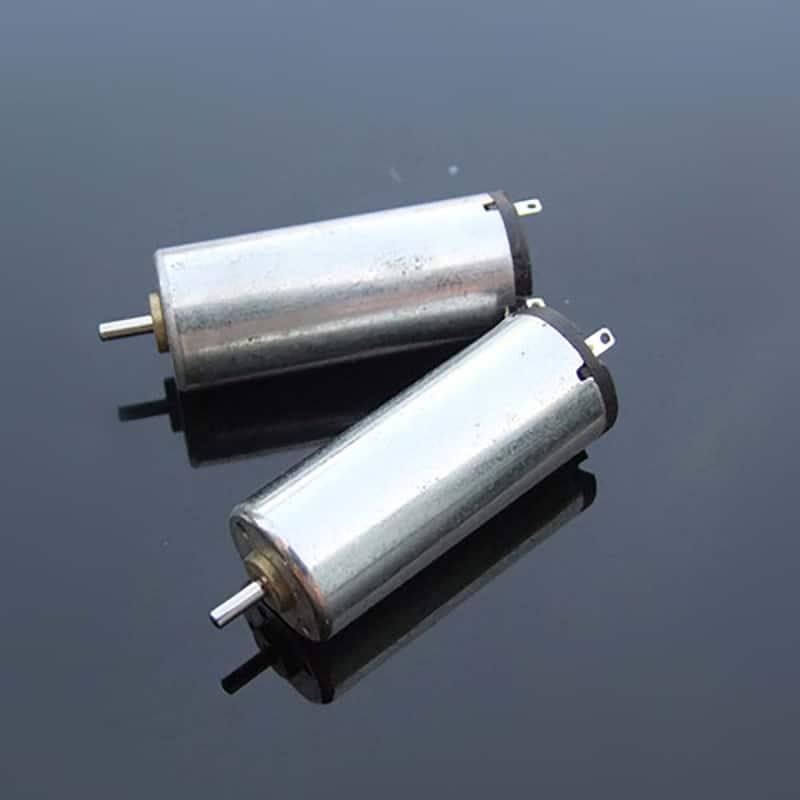
Factors That Affect RPM in DC Motors
RPM in a DC motor isn’t a static figure—it’s shaped by multiple variables that engineers must account for to achieve desired performance. Controlling RPM in DC motors requires a precise understanding of these factors: voltage, load, and gear ratios stand out as the primary influencers. Below, we break down each element systematically, exploring their mechanics, impact, and real-world implications, drawing on Etonm Motor’s expertise in motor design.
1. Voltage: The Speed Driver
Voltage directly governs RPM in a DC motor, following a proportional relationship expressed as RPM = k × Voltage, where k is a motor-specific constant. Higher voltage increases RPM; lower voltage reduces it. For example, a 12V DC motor might hit 3,000 RPM at full power but drop to 1,500 RPM at 6V. This adjustability is key in applications like smart home devices, where Etonm Motor’s Micro DC Motors use voltage tweaks to fine-tune speed for tasks like motorized blinds.
2. Load: The Speed Brake
Load—the resistance or weight a motor drives—acts as a natural limiter on RPM. As load increases, RPM decreases because the motor shifts energy to maintain torque. Consider a Brushless Motor rated at 5,000 RPM under no load: add a heavy robotic payload, and it might fall to 4,000 RPM. Etonm Motor designs motors with RPM ranges that anticipate load variations, ensuring reliability in dynamic settings like security systems.
3. Gear Ratios: The Speed Shifter
Gear ratios modify RPM through mechanical reduction or amplification. A Planetary Gear Motor with a base RPM of 3,000 might output just 300 RPM after a 10:1 gear reduction, calculated as Output RPM = Input RPM ÷ Gear Ratio. This sacrifices speed for torque, perfect for high-force applications like vending machine dispensers. Etonm Motor’s geared solutions leverage this principle to deliver tailored RPM profiles for precision tasks.
These three factors—voltage, load, and gear ratios—form the backbone of RPM control. Secondary influences like temperature or efficiency play a role, but they’re less dominant. By mastering these variables, you can dial in the exact RPM needed, whether for a low-speed electric valve or a high-speed robotic arm. At Etonm Motor, we engineer our DC motors to adapt to these dynamics seamlessly. Next, we’ll guide you on selecting the right RPM for your specific needs.
Choosing the Right RPM for Your DC Motor
Selecting the appropriate RPM for a DC motor is a critical step in ensuring your application performs as intended. Too high, and you might sacrifice torque or precision; too low, and speed or efficiency could suffer. This decision hinges on understanding your project’s specific requirements—speed, force, or a balance of both—and matching them to a motor’s capabilities. Let’s explore how to determine the best RPM for a DC motor, with practical insights from Etonm Motor’s tailored solutions.
1. Define Your Application’s Needs
Start by assessing what your system demands. High-speed tasks, like powering a fan or a conveyor in a vending machine, often call for motors with RPMs in the thousands—say, 5,000 RPM or more. A Brushless Motor from Etonm Motor, for instance, might deliver 10,000 RPM for rapid-response applications in robotics. Conversely, precision-driven uses, such as an electric valve in a water meter, benefit from lower RPMs—think 20-50 RPM—to ensure controlled, accurate movement. Pinpointing this need sets the foundation for your choice.
2. Match RPM to Voltage and Load
Voltage and load directly shape RPM, as we’ve seen. A 12V DC motor, commonly used across industries, might range from 1,000 to 6,000 RPM depending on its design and load conditions. For example, Etonm Motor’s Micro DC Motors can hit 3,000 RPM at 12V under light loads, ideal for smart home gadgets. If your application involves heavy resistance—like a robotic arm lifting weight—opt for a lower RPM with higher torque, possibly aided by a gear reduction. Testing under real-world loads ensures the RPM holds up.
3. Leverage Gear Systems for Flexibility
When base RPM doesn’t align perfectly, gears can adjust it. A Round Gear Motor running at 2,000 RPM can drop to 200 RPM with a 10:1 gear ratio, boosting torque for tasks like sanitary dispenser mechanisms. Etonm Motor’s Planetary and Worm Gear Motors excel here, offering customizable RPM outputs to suit everything from medical devices to security systems. This adaptability lets you fine-tune performance without switching motors entirely.
4. Consult Experts for Custom Solutions
No two projects are identical, and off-the-shelf motors might not hit the mark. This is where custom DC motor solutions shine. At Etonm Motor, we work with clients to design motors with the exact RPM needed—whether it’s a 12V DC motor at 500 RPM for a vending machine or a high-speed unit for robotics. Our experience shows that a tailored RPM can cut energy waste and extend motor life, delivering value beyond standard options.
Choosing the right RPM isn’t guesswork—it’s a calculated balance of application, voltage, load, and gearing. A well-matched RPM ensures efficiency and reliability, whether you’re automating a smart home or building a robotic prototype. Ready to find your perfect motor? Let’s wrap up with some final thoughts.
Conclusion
RPM in a DC motor is more than a technical term—it’s the pulse that drives performance across countless applications. From defining speed and torque to shaping efficiency, Revolutions Per Minute serves as a vital metric for understanding and optimizing motor behavior. Whether you’re powering a smart home device with a low-RPM Micro DC Motor or accelerating a robotic system with a high-RPM Brushless Motor, grasping what RPM means and how to harness it can transform your project’s success.
We’ve covered the essentials: RPM measures how fast a motor spins, influences its real-world effectiveness, and shifts based on voltage, load, and gearing. Choosing the right RPM ties it all together, ensuring your motor aligns with your specific needs—be it precision, power, or pace. At Etonm Motor, we’ve built our expertise around this principle, offering custom DC motor solutions that deliver the perfect RPM for industries like robotics, vending machines, and medical care.
Ready to take the next step? Explore our range of motors at to find the ideal fit for your application, or reach out to our team for personalized guidance. With the right RPM, your project isn’t just functional—it’s exceptional.
Explore Our Low RPM Motors
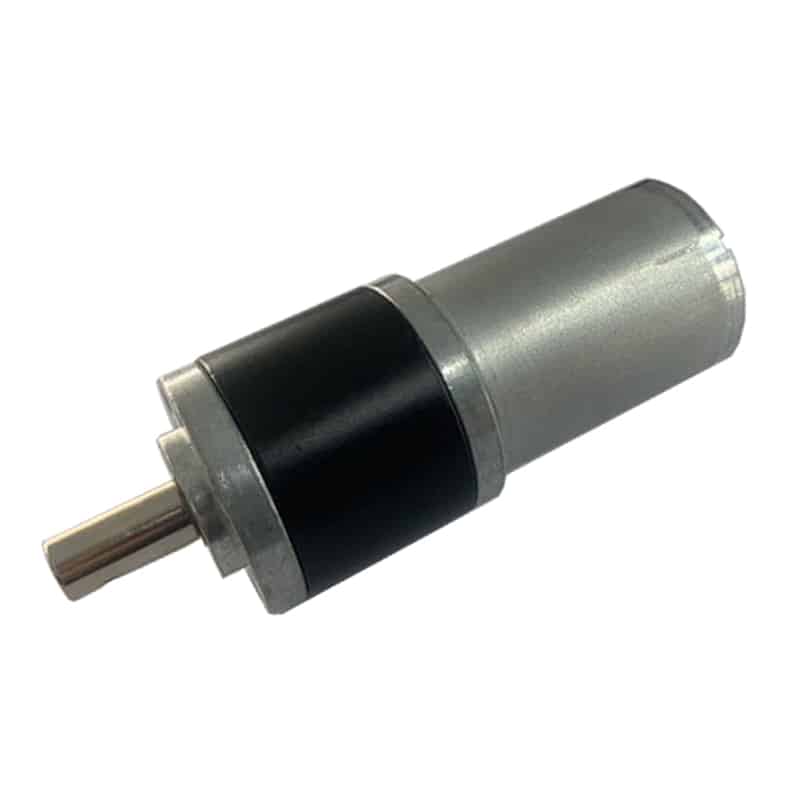
10 RPM Planetary Motor 12V | Ideal Coffee Machine Motor Solutions
Related Reading
- Low RPM Motor Explained: Power & Uses
- 12V DC Motor Low RPM: Precision Power by Etonm Motor
- 5 RPM to 3000 RPM: Mastering 12V Motor Speeds
- How to Choose a 12V DC Motor by RPM: Your Complete Guide
- 1000 RPM and Beyond: High Performance 12V DC Motors
- 12V DC Motor High Torque High RPM: Torque vs. Speed
- Low RPM Brushless Motor: Technical Specs & Customization
- 12V DC Motor High Torque Low RPM Performance
- Technical Parameters and Customization of Low RPM Brushless Motors: A Comprehensive Guide
- What Determines the Speed of a Brushless DC Motor?
- What is Electronic Speed Control (ESC) for Brushless DC Motors?
- Power Up Precision: High-Speed Brushless DC Motors for Screwdrivers
- BLDC Motor Speed Control: Methods, Tips & Applications
- Low Speed, High Torque: Why 12V Motors Are Perfect for Your DIY Projects
- DC Motor Speed Controller 12V Basics: From Brushed to BLDC
- Custom Control: Pairing 12V DC Motors with Speed and Encoder Accessories
- 12V DC Motor Speed Controllers: How They Work & Setup Tips


